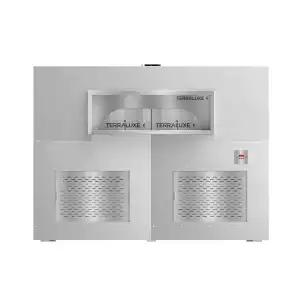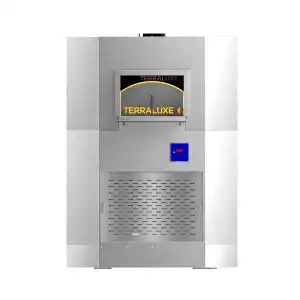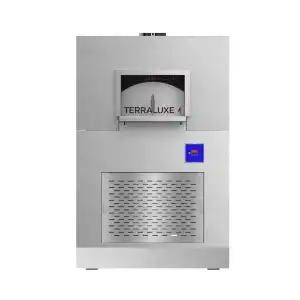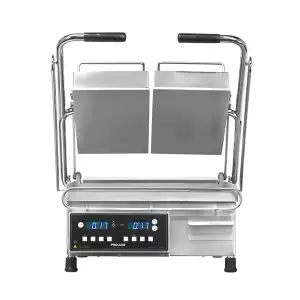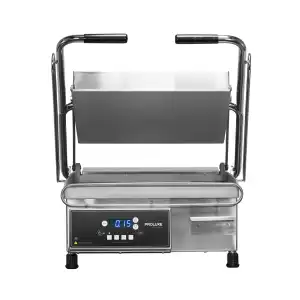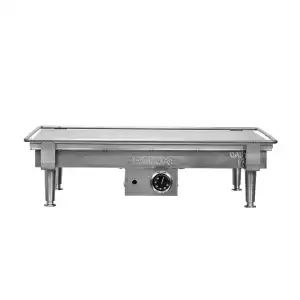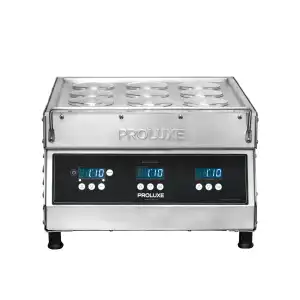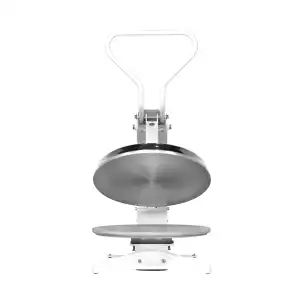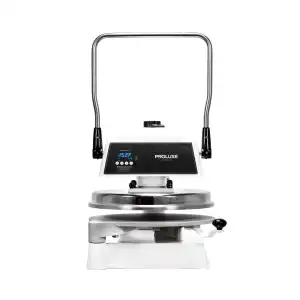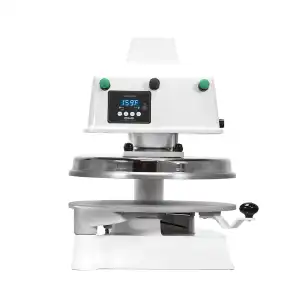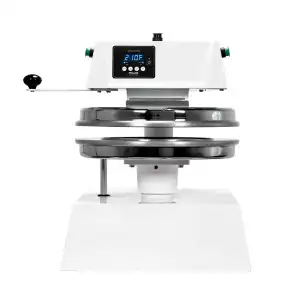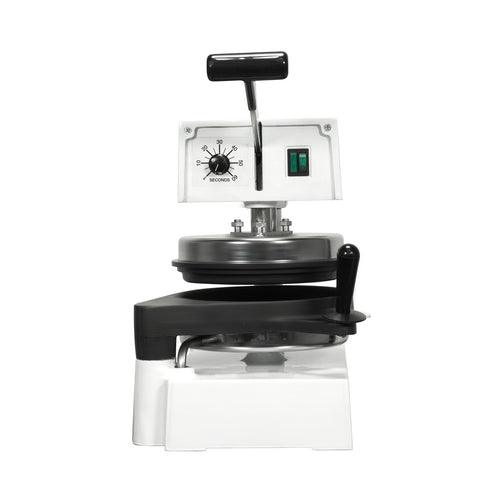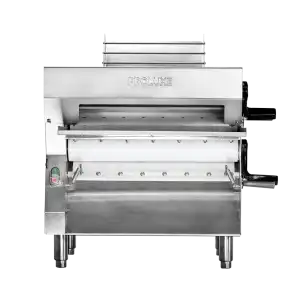Not all olive oil is created equal. If you don’t know what to look for, choosing a quality olive oil from the market shelves can be overwhelming and expensive. Here are some expert tips to ensure your olive oil is quality without the premium price tag.
A dark glass bottle
Look for olive oil bottled in dark-tinted glass or tin. This prevents exposure to light and heat, which causes the oil to spoil. A company that cares about their olive oil would never package it in a clear bottle. Olive oil actually goes bad fairly quickly if stored improperly. Keep your olive oil in a cool dark place and away from the oven.
“Extra-virgin” label
Extra-virgin oils undergo minimal processing, meaning it’s unrefined, free of chemicals and never treated with heat, so their flavor remains intact. The inexpensive refined oils are often made with lower quality oils that lack taste. This label won’t guarantee it’s the best olive oil but it surely won’t be among the worst.
Read the fine print
For a quality olive oil look at the fine print for the grower’s or estate’s name. It’s almost a seal of approval that it comes from a specific country or region, and is known as a “PDO” or “PGI” certification. Be cautious of oils labeled as “Product of Italy” as the olives were not grown or harvested there. These oils are typically only packaged and shipped from the country and could be processed anywhere. To be sure, look for an estate name.
Best-by date
The fresher the better. Look for a date to make sure you are not buying anything that is more than two years old. If it has a ‘pressed on’ or ‘harvest date’, it’s likely to be a higher quality oil.
TL;DR
WHAT TO LOOK FOR:
- Dark or opaque glass bottles
- Extra-virgin olive oil (EVOO) only
- An estate name on the label
- Avoid oils with labels "product of" claims
- Best-by dates
